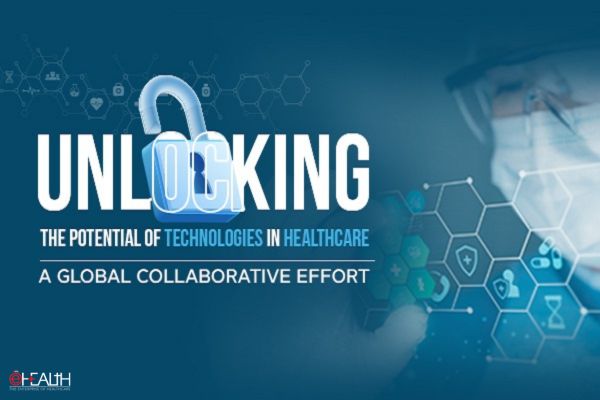

Electronic Health Records (EHR) are digital version of paper records having potential to transform clinical settings thereby improving quality of patient care, writes Dr N K Pandey, Chairman and Managing Director, Asian Institute of Medical Sciences, for Elets News Network (ENN).

Electronic Health Records/ Electronic Medical Records (EHR/EMR) are need of the hour as handwritten prescription remains illegible at times. In addition, the document cannot be electronically shared or stored. It is not structured data which can be computable and shareable with other computers and systems. Other shortcomings include expensive to copy, transport and store, easy to destroy, difficult to analyse and its negative impact on the environment. EHR represent a quantum leap in legibility and its ability to rapidly retrieve information.
The objective of EMR / EHR is to make patient information available to anyone who needs it, when they need it and where they need it. With an EHR system, investigation results can be retrieved in a much faster, manner which saves time.
EHRs are more efficient because they reduce redundant paperwork and have the capability of interfacing with a billing programme that submits claims electronically.

Consider what it takes to simply get the results of a lab test back to a patient using the old system. This might involve a front office clerk, a nurse and a physician. The end result is frequently keeping the patient on hold.
With an EHR system in place, the lab results can be forwarded via secure messaging or it gets available for viewing via a portal. Electronic health records can help with productivity if templates are used judiciously.
Areas where EMR/EHR can be helpful:
Quality of care and patient safety
EHR improves patient care and safety through many mechanisms including improving legibility of clinical notes. In addition, it improves patient records access anytime and anywhere, reduces duplication, sends reminders about tests or preventive services. It does clinical decision supports that remind clinicians about patient allergies and correct dosage of drugs.
Technological advances
The internet and World Wide Web make the application service provider (ASP) concept for an electronic health record possible. An ASP option means that the EHR software and patient data reside on a remote web server that users can access via the internet from the office, hospital or home. Computer speed, memory and bandwidth have advanced to such level that digital imaging is also a reality now. Images can be part of an EHR system. Personal computers (PCs), laptops and tablets continue to add features and improve speed and memory while purchasing costs drop. Wireless and mobile technologies permit access to the hospital information system and the electronic health record.
Need for aggregated data
In order to make evidence based decisions, clinicians need high quality data that should be derived from multiple sources: in-patient and out-patient care, acute and chronic care settings, urban and rural care and populations at risk.
This can only be accomplished with electronic health records (EMR / EHR) and discrete structured data. Moreover, healthcare data needs to be combined or aggregated to achieve statistical significance.

Although most primary care is delivered by small practices, it is difficult to study because of relatively small patient populations, making aggregation necessary.
For large healthcare organisations, there will be an avalanche of data generated from widespread EHR adoption. New data analytic tools are needed to tackle huge amount of data generated from large healthcare aggregators.
Need for integrated data
Patients paper health records are standalone, lacking the ability to integrate with other paper forms or information. The ability to integrate health records with a variety of other services and information is critical to the future of healthcare reform. EHR / EMR can be integrated with multiple internal and external applications:
EHR is having ability to integrate and sharing patient health record with health information organisations, ability to integrate with analytical software for data mining to examine optimal treatments, etc.
It also has the ability to integrate with genomic data as part of the electronic record. EMR/EHR is also having the ability to integrate with local, state and federal governments for quality reporting and public health issues. EMR can be integrated with algorithms and artificial intelligence.
EHRs offer physicians many opportunities to improve quality of care
EHR prevents drug interactions and allergic reactions making it easier to take a holistic approach to health management. It also participates in research and clinical quality control. EMR encourages medical screenings for disease prevention and risk management. EMR transforms patient flow to enhance patient experiences and practice efficiency.
Be a part of Elets Collaborative Initiatives. Join Us for Upcoming Events and explore business opportunities. Like us on Facebook , connect with us on LinkedIn and follow us on Twitter , Instagram.












